Cognitive diversity
How minds differ across cultures and languages.
To study cognitive diversity, the lab does research in a variety of cultural settings, including among indigenous, small-scale societies. Most of this diversity has focused on the Tsimane’, a group of farmer-foragers living in the Amazon basin of Bolivia. We are also establishing a new fieldsite in Belize among Mopan and Q’eqchi’ Maya communities.
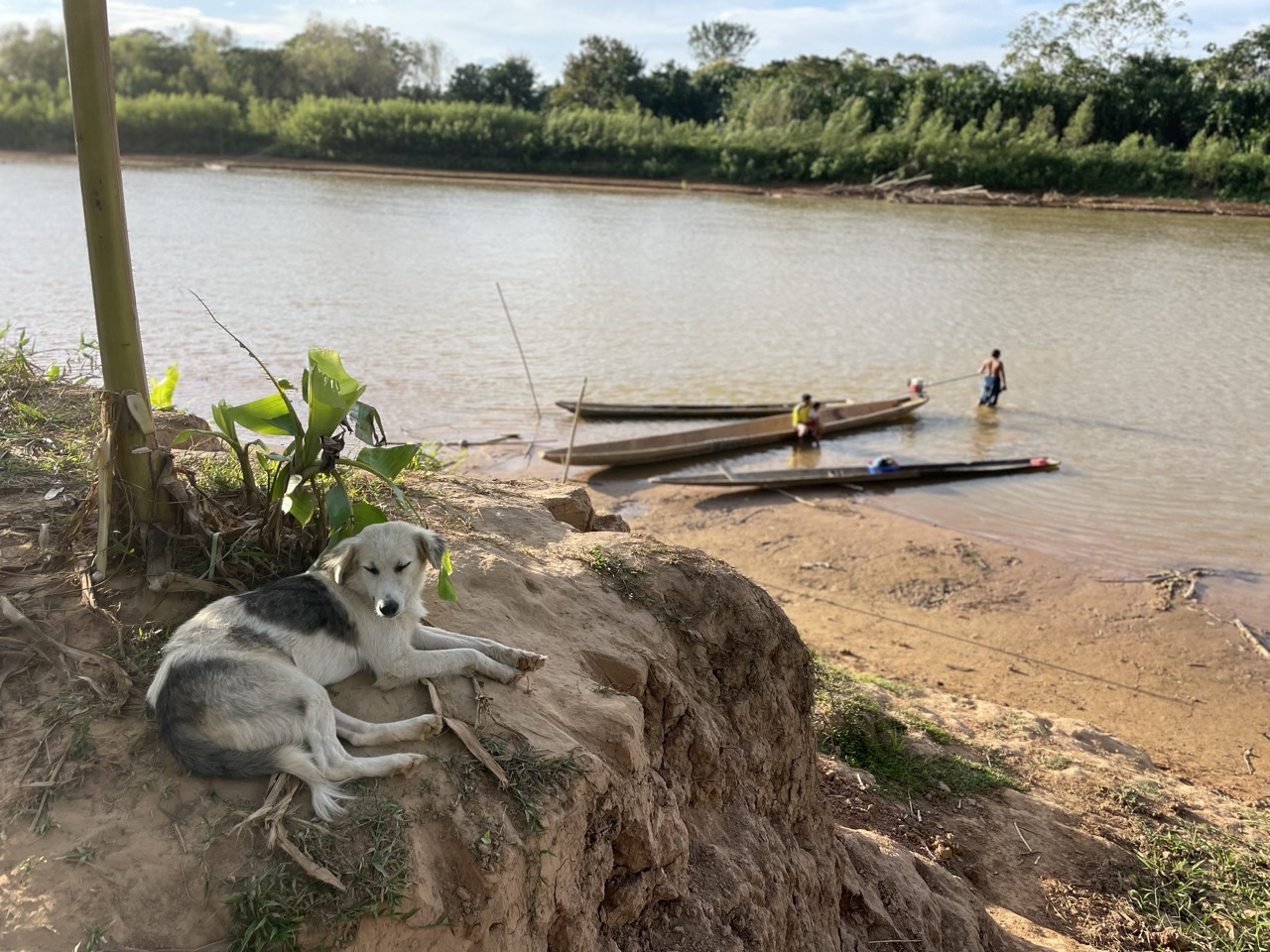
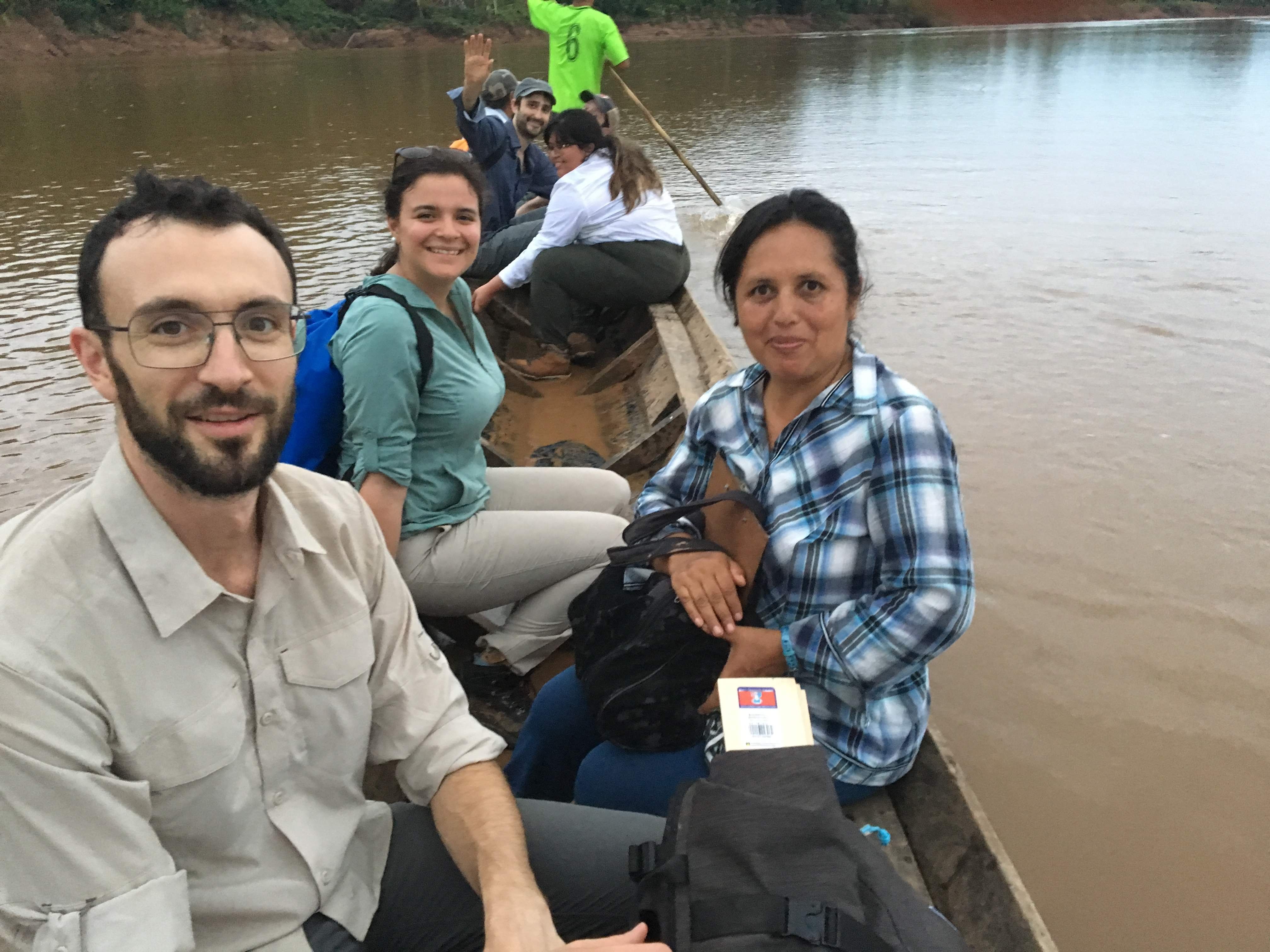
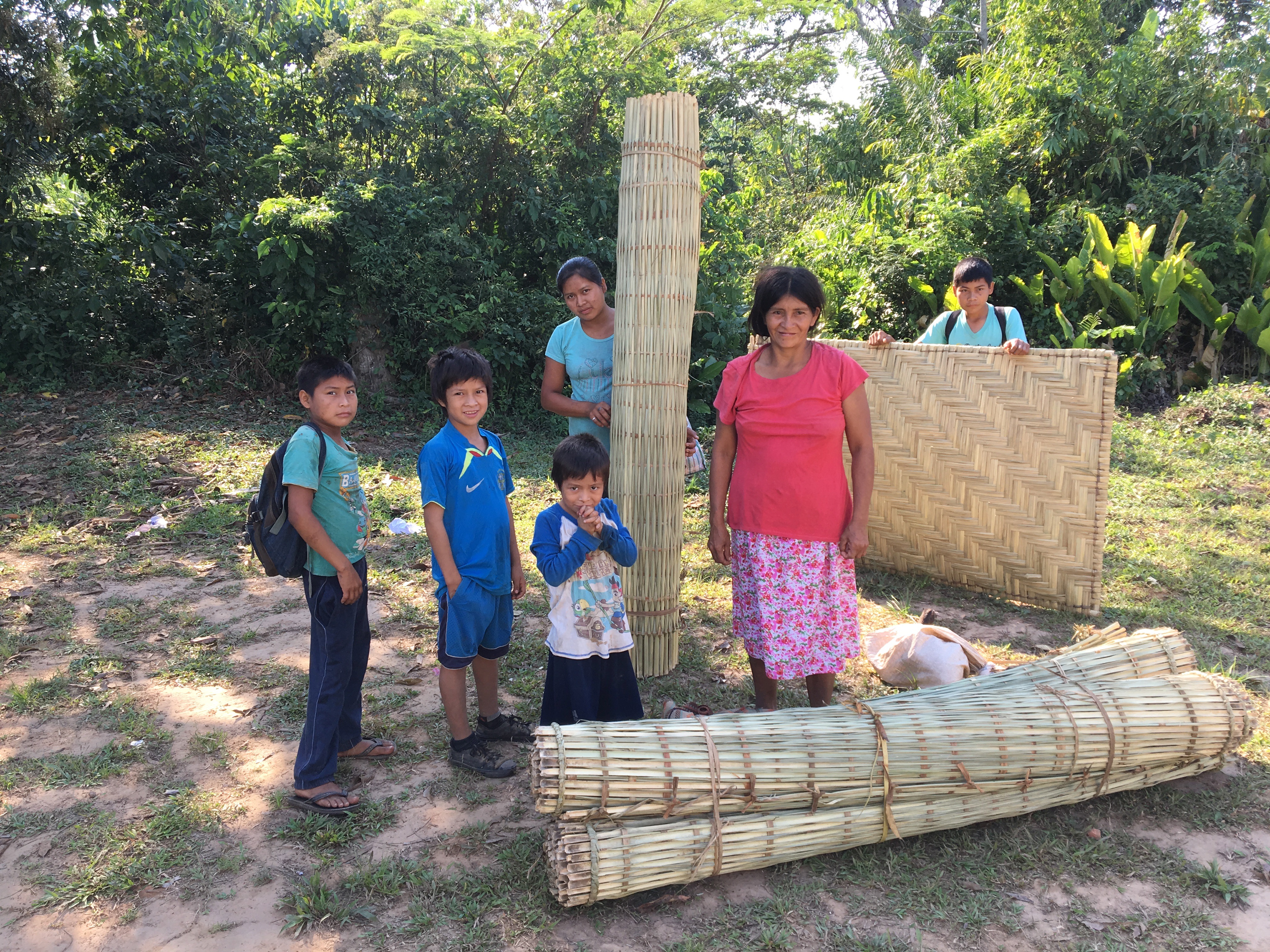
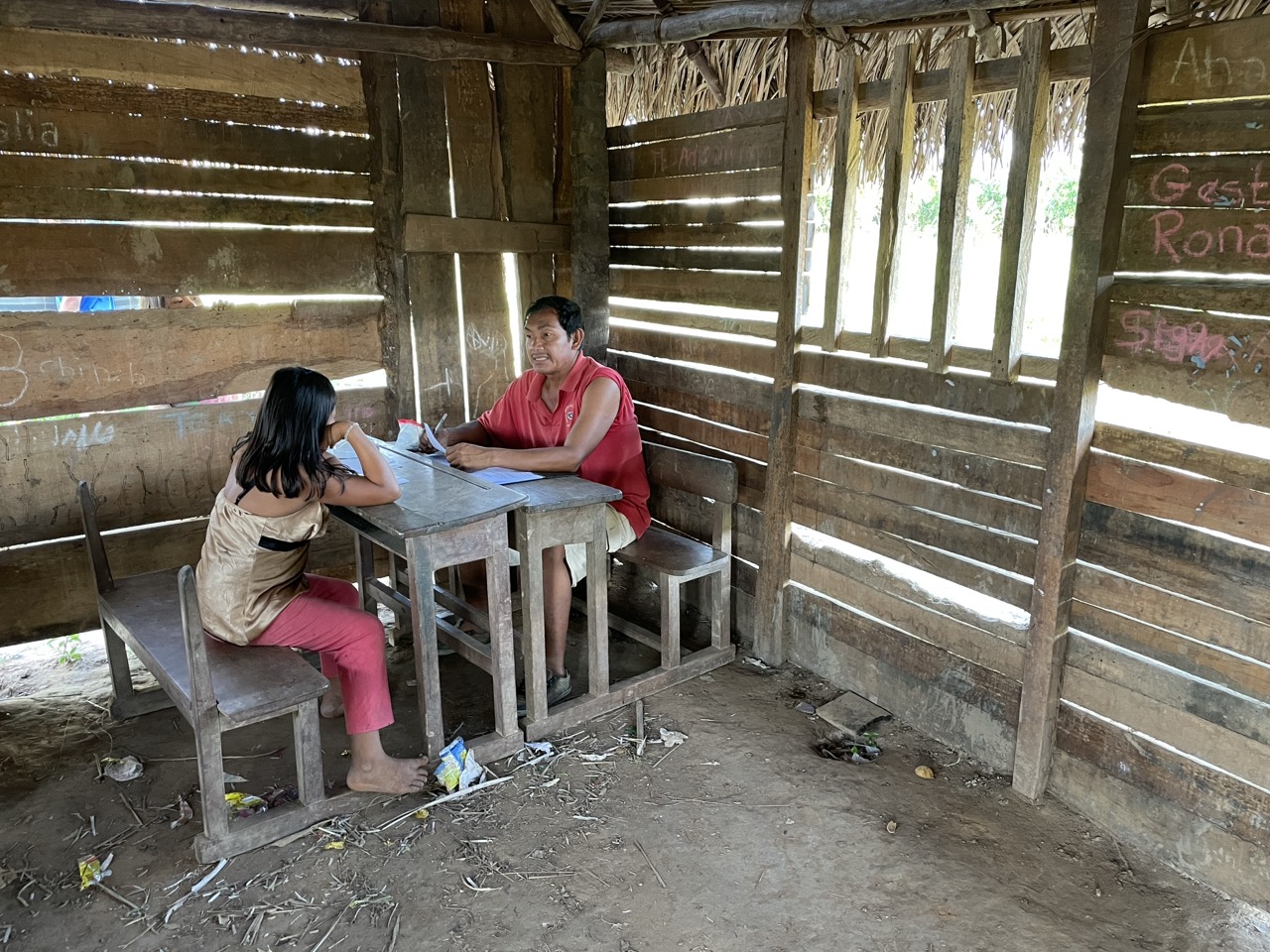
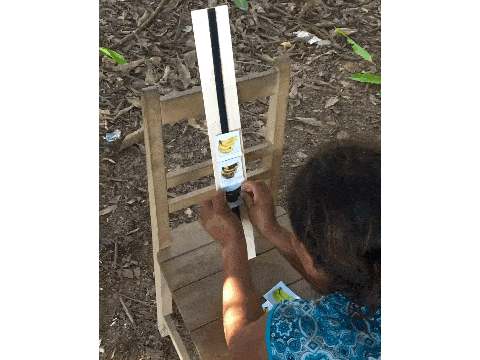
Example study: Mental mappings across cultures
Here an indiegnous Tsimane' woman organizes pictures of ripening bananas in order from oldest to newest. Although people everywhere seem to use space to think about time, the specific direction of this mental timeline (and other mental mappings) depends on cultural practices like reading and writing. Without such practices, these mappings are orderly but have no default direction: Tsimane' adults were equally likely to make mappings that went downwards and upwards, rightwards and leftwards, and away and towards them (Pitt et al., 2021).
References
Articles
2021
- Spatial concepts of number, size, and time in an indigenous cultureScience Advances, 2021Featured in ScienceNews and ntv